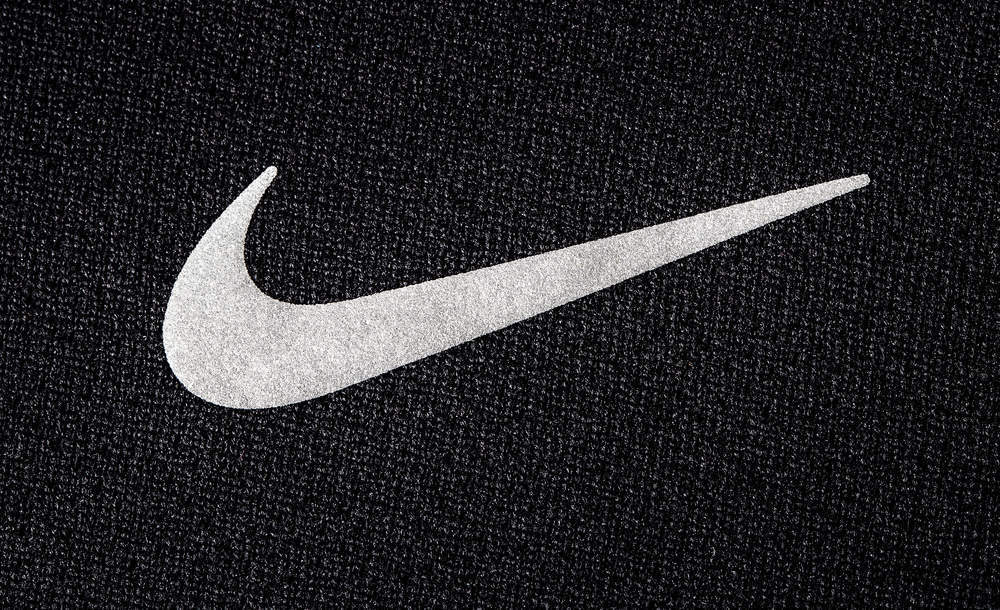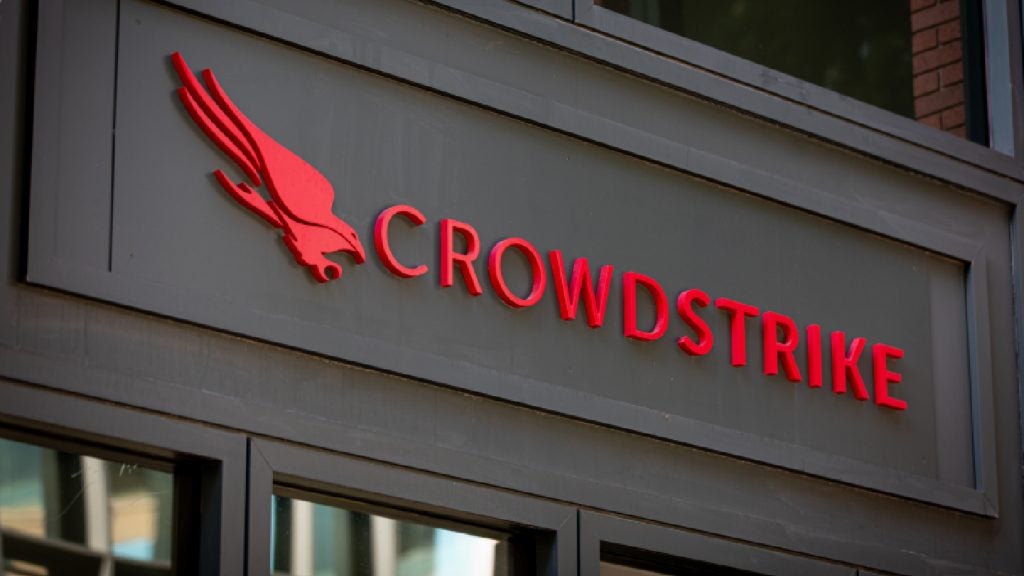
The world is becoming more health-conscious and sportswear giants Nike are reaping the rewards.
The global sportswear market grew to $348.5 billion in 2017 and Nike accounted for 10% of that.

Access deeper industry intelligence
Experience unmatched clarity with a single platform that combines unique data, AI, and human expertise.
Nike revenue has almost doubled during the current decade, as the company continues to invest heavily in order to maintain its status as the world’s most valuable sports brand.
| Year | 2009 | 2010 | 2011 | 2012 | 2013 | 2014 | 2015 | 2016 | 2017 |
| Revenue | 19.2 | 19 | 20.9 | 24.1 | 25.3 | 27.8 | 28.7 | 32.4 | 34.4 |
Since falling to $19 billion in 2010, Nike’s revenues have grown by an average of 8.9% annually. Nike took $34.4 billion in revenue in 2017, but what has the sportswear leader been doing to fuel this growth?

US Tariffs are shifting - will you react or anticipate?
Don’t let policy changes catch you off guard. Stay proactive with real-time data and expert analysis.
By GlobalDataFocus on direct-to-consumer
Despite continuing to see growth in sales to wholesale customers, Nike has been ramping up its efforts to sell directly to consumers and cut out the middleman in a bid to reach its target of $50 billion in revenue by 2020.
This change showed in their 2017 results. Nike reported an increase of 18% on sales made via their DTC channels.
Much of this came from an increase in sales made via the internet. Digital commerce sales were up 30% on the previous year.
Not only has Nike seen impressive revenue from its online store, but it has also started to sell via leading digital retailer Amazon, putting its products in front of 300 million shoppers in the United States alone. According to Business Insider, Nike was already the most popular clothing brand on Amazon. However, selling direct to Amazon customers will allow Nike to take revenue away from third-party sellers.
The company is targeting further growth in that area in 2018. Nike recently announced that it had acquired data analytics company Zodiac in a bid to better understand their digital customers.
Adam Sussman, Chief Digital Officer of Nike, said:
“The acquisition of Zodiac demonstrates our commitment to further accelerating Nike’s digital transformation and enhancing our consumer data and analytics capabilities to help us serve consumers globally.”
While digital growth is Nike’s focus, the company hasn’t been neglecting retail. The company has been expanding its number of retail stores around the globe too. The number of Nike stores has increased from less than 700 in 2010 to more than 1,100 in 2017.
Store numbers fell in 2013, likely due to the sales of the Umbro and Cole Haan brands in 2012 and 2013. However, the company has seen growth in this area most years.
While we cannot say that increasing the number of retail stores leads to an increase in revenue, comparing growth of retail store numbers to growth in revenue shows that there is often correlation between the two. Essentially, opening more stores leads to greater increases in revenue.
Increased marketing efforts
Nike spends more money on sports sponsorship deals than any other company in the world. They count many of the biggest sports teams and athletes among their brand ambassadors.
That has always been the case. Former basketball star Michael Jordan has been tied to Nike since 1984 and the brand was one of Tiger Woods’ biggest sponsors during his prime.
According to CNN, Nike spent $8 billion on sponsorships in the 13 years between 2002 and 2015. Some $3.1 billion of that was spent in the five years between 2011 and 2015, data provided by sports market intelligence company Sportcal shows.
Nike’s spending on sponsorships doubled between 2010 and 2011 from $216.8 million to $444.5.
Nike has been ramping up its marketing efforts in recent years and did so again in 2017. Spending on sponsorships climbed to $1.22 billion last year, as major deals were agreed with organisations such as the National Football League, worth $120 million annually until 2020, and individuals like golf icon Rory McIlroy, worth $10 million.
Nike has already paid out $1.14 billion on sponsorships between January and April 2018 according to Sportcal. With spending increasing by 32.4% on average each year between 2010 and 2017, the costs could climb to $1.61 billion by the end of the year.
Keen to tie up the world’s biggest sports stars and keep them away from their rivals, Nike has also started to offer lifetime sponsorship contracts.
Cristiano Ronaldo was the third to receive such a deal in 2016, which could cost Nike more than $1 billion over the years. However, given Ronaldo’s vast social media following, a single post by the Real Madrid footballer generates $1.6 million in value for sponsors according to sponsorship intelligence tool Hookit, making $30 million a year seem like a reasonable price to pay.
Nike’s biggest active sponsorship deals
Expanding the range
According to Nike’s annual reports, two new categories have joined the company’s range of key product ranges since 2015. Golf joined the list in 2013 and the Jordan Brand was separated from Basketball in 2016.
Golf products generated $579 million last year, while the basketball and Jordan brand made combined revenues of $4.39 billion, up from $3.72 billion in 2015.
The brand has also been adapting their products to suit new trends and needs.
Nike announced its plus size women’s range in 2017, which introduced products ranging from sizes XL to 3XL.
This market is worth $21 billion, approximately 10% of all fashion industry retail sales, according to The Wall Street Journal.
This is part of a wider push to increase Nike’s share of the womenswear market. The company has previous stated that it wants its womenswear products, which made $6.64 billion in 2017, to generate $11 billion by 2020.
Likewise, Nike has also been opening women’s only stores around the world. Stores in London, California and Shanghai offer the latest womenswear products. They also offer services such as pant hemming, gait analysis and bra fitting.
Nike is aiming to grow its womenswear category in the same way that it has grown other areas – by putting its products on role models followed by those customers that they are attempting to target. For example, Nike’s plus size line was fronted by plus size models and athletes such as Paloma Elsesser, Grace Victory, Danielle Vanier and Amanda Bingson.
According to Sportcal data, the number of female athletes sponsored by the brand has doubled since Nike started its womenswear push. Between 2012 and 2015, Nike agreed three deals with female stars. Since 2015, they have signed seven famous female figures.
Tackling China
Much has been made of Nike’s recent decline in sales growth in North America, as Adidas attempts to dethrone the sports brand in the United States. Bloomberg projects that sales will decline by 4.5% between quarter one and quarter two of 2018. This prediction is based on similar declines since Q1 2017.
However, Nike doesn’t share Bloomberg’s concerns. Despite sales falling, the company posted strong revenue results in the North America market in 2017. Revenue increased by 3% year over year from $14.8 billion to $15.2 billion.
North America remains Nike’s biggest market by some margin. It’s second biggest, Western Europe, generated $6.2 billion in 2017.
However, Nike hopes to close that gap in emerging markets such as China.
Angela Dong, Nike’s General Manager of Greater China, told Fortune that China is “seeing a massive increase on a more affluent and organised consumer landscape”.
Likewise, the Chinese government is currently focused on growing China’s sports and fitness industry. The government hopes to grow the industry to $460 billion by 2020. With high-profile businessmen keen to score points with officials, investment in sport has increased drastically. Take the Chinese Super League football competition, for example, where the player transfer record climbed from £7.4 million to £60 million between 2011 and 2016.
This has come at the perfect time for Nike.
China’s increased interest in sports has seen Nike’s revenues grow by 144% from 2010 to 2017. The China market has overtaken the emerging markets to become Nike’s third biggest region.
Nike is hopeful that this growth will continue. It hopes to increase its revenue from the Greater China market from $4.2 billion to $6.5 billion by 2020.
Nike has also seen strong growth in western Europe and the emerging markets, with growth of 59.6% and 81.8% respectively in the same period.






